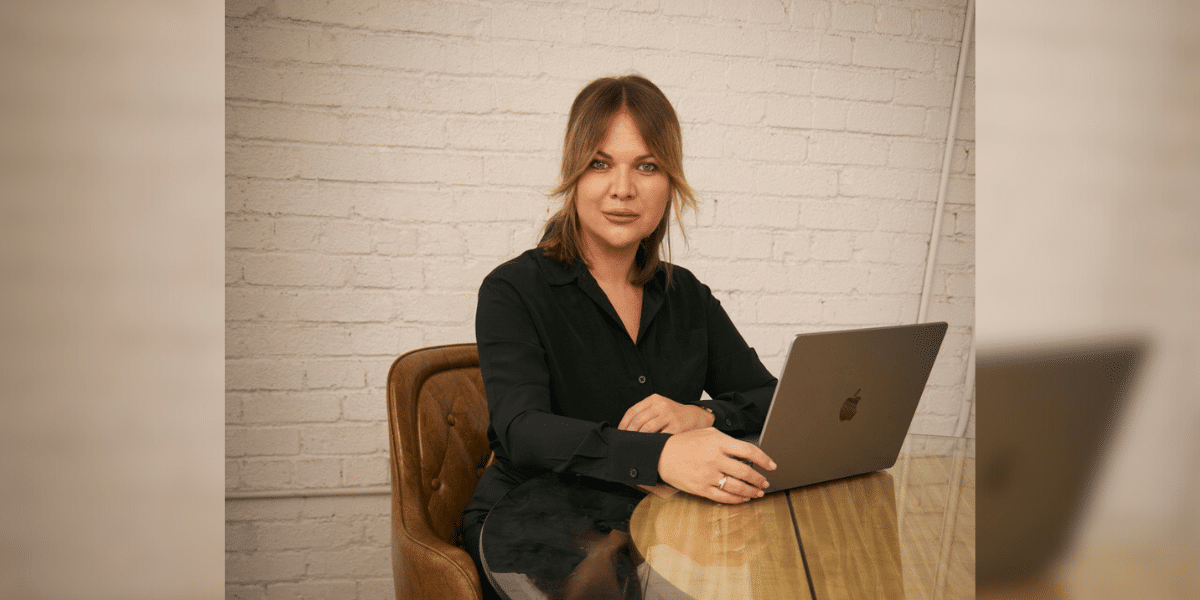Anna Krivonosova: “Planes are meant to soar in the sky, not idle on the ground”
By: Yar Abrasau
President of the American company SETEC AERO shares insights on reducing aircraft parts delivery time from days to mere hours.
In 2023, global air transport volumes reached 99% of the levels seen in November 2019. The International Air Transport Association reports a 26.4% increase in global flights and a 34.8% rise in domestic ones annually. Aircraft On Ground (AOG) scenarios, where planes are grounded due to technical issues, pose significant financial challenges for airlines engaged in fierce competition. These involve repair costs and result in disrupted schedules, passenger compensations, and cargo delays, impacting the company’s reputation. Anna Krivonosova, an expert in the aviation parts market, believes that effective warehouse management and logistics are crucial to minimizing AOG’s negative impact. At SETEC AERO, founded in the USA in 2021, she has implemented innovative solutions that drastically cut down the time aircraft spend grounded by accelerating spare parts delivery. In her interview, Anna discusses how airlines can save time and money and get planes back in the air faster.
Anna, you’re one of the few women globally to helm the complex business of aviation parts supply. Moreover, you successfully started your own company in the USA. How did you gain experience in this field?
My background is in management and finance, but I’ve always been fascinated by the magic of the sky. Since 2016, I’ve worked in various aviation-related companies, and in 2018, I launched my own aviation parts supply business in Lithuania. Through hands-on experience, I learned how crucial it is to quickly get planes back in the air. I worked with Yakutia Airlines in 2019-2020 to develop a case for repairing and creating a unique aircraft parts warehouse. This significantly improved the company’s parts supply and fleet maintenance, revitalizing several long-grounded aircraft. For Komiaviatrans, I devised a solution to restore and maintain the airworthiness of four Embraer aircraft. My innovations and study of the Russian Superjet-100’s repair cases from 2016-2021 have helped numerous airlines with this aircraft type reduce maintenance time and costs, resulting in tangible financial outcomes.
What, in your opinion, are the main reasons for aircraft groundings due to technical issues?
An airline only makes money when its planes are in the air. Every turnaround minute at the airport is a financial loss. Planes are meant to soar in the sky, not idle on the ground. Often, it’s about replacing a specific part, and the faster it’s delivered, the less the airline loses. The primary issue is the excess links in logistics. There are numerous minor communication delays, where information passes from one manager to another, from a technician to an engineer, to a procurement manager, and so on. As a result, delivery can be delayed by hours or even days. Furthermore, valuable time is lost sending inquiries to various suppliers, typically involving 30–50 addresses. Information gathering, price receiving, and order processing also consume time.
You’ve developed unique logistical solutions that eliminate unnecessary links in the supply chain and offered a comprehensive approach, setting you apart from competitors. Could you elaborate on these innovations?
– Our company has moved away from the traditional approach we just discussed. When every minute counts, we have a single contact point for query responses, preventing information from bouncing around company departments. Our centralized approach saves critical time. Our AOG team operates 24/7. Additionally, we offer package solutions. Our experts thoroughly analyze our clients’ fleets, creating and updating lists of potential vulnerabilities. These lists consider aircraft types, age, destinations, planned maintenance, flight hours, and cycles between repairs, among other factors. When an AOG situation arises, our team knows exactly where to source the part and which expediter to contact for the fastest delivery. This is where we’ve carved our niche in the industry.
You’ve also developed an aircraft maintenance program that includes warehouse optimization, which has become highly sought after. What makes it so appealing?
The service has indeed become very popular among clients. We develop a maintenance schedule and program informing them what and when to service or overhaul. Essentially, this is no longer their concern – they must follow the timelines. But we go further: along with the schedule and program, we optimize their inventories according to the outlined program. For instance, we identify parts with limited shelf life that shouldn’t sit in storage for long or those not needed in the coming months – they shouldn’t occupy space. Not every client has their warehouse, so we optimize incoming parts supplies to arrive precisely when maintenance is scheduled, not earlier to avoid occupying rented spaces, and not later to avoid delaying work. Overall, this service helps clients save resources, time, and money, which is its essential appeal.
SETEC AERO has been in the market for three years but already boasts over 250 suppliers and partners, and you’ve opened a European branch. What’s next?
Our French branch, opened in 2023, partnered with the major aerospace manufacturer THALES. I’m negotiating similar agreements with AIRBUS, AIR FRANCE-KLM, and other market leaders.
The European air transport market is shaking due to rising energy prices, potentially grounding planes. How do you see the situation evolving?
Indeed, European aviation is facing difficulties due to soaring energy prices. Smaller companies might go bankrupt, shutting down entirely or relocating to the US or other countries with more affordable prices. We’ve already started developing several models and solutions to offer our partners, including a unique CRM product that could revolutionize the industry, making aviation parts supplies as convenient, transparent, and optimized as possible
Published by: Martin De Juan

